Is this plant causing your allergies? If you’ve ever blamed goldenrod, it might actually be ragweed — and they look nothing alike once you know what to look for. Here’s how to tell the difference with real photos and simple identification tips.
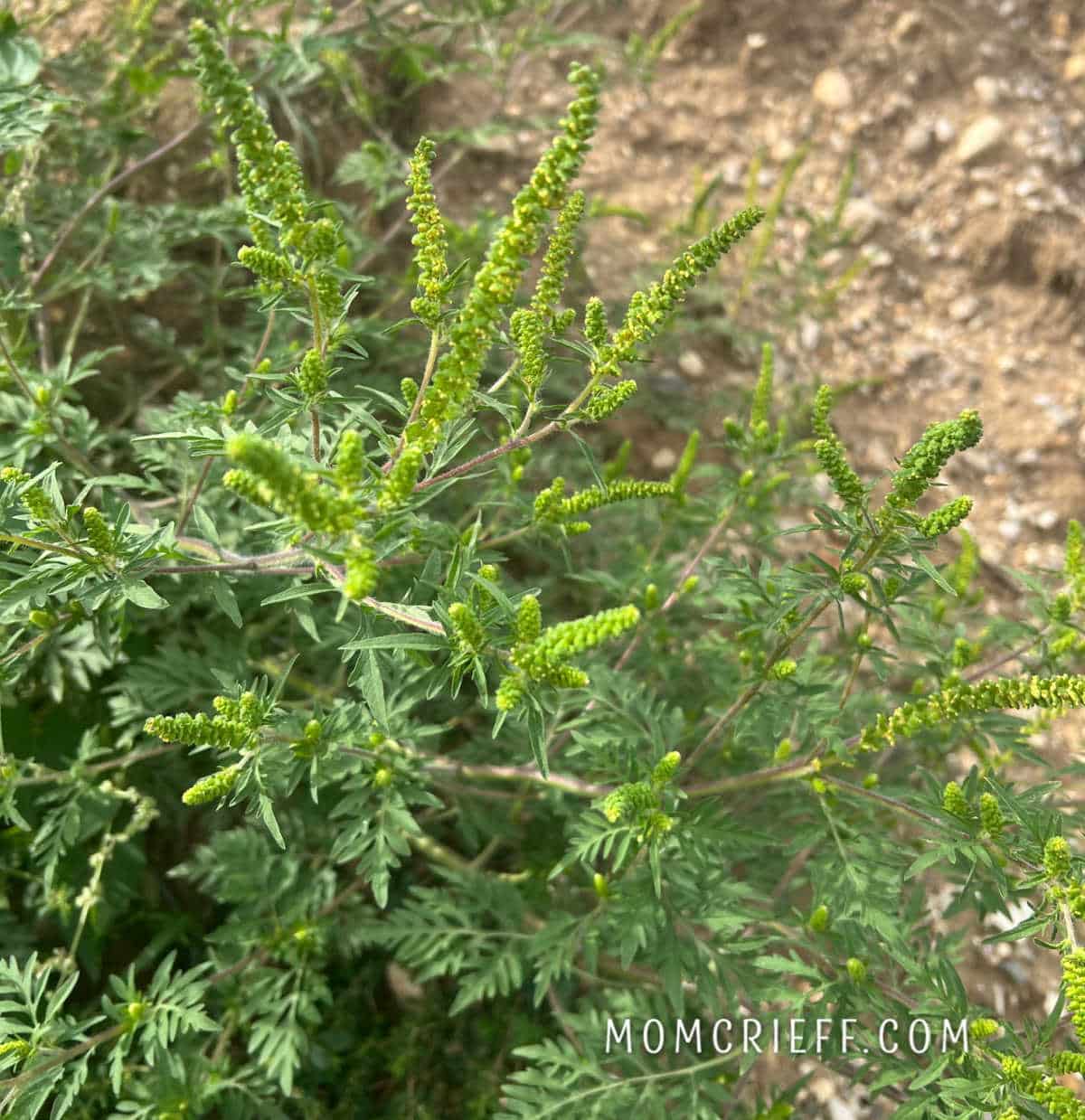
This plant is a good reason to keep your weeding in your garden under control! I've seen common ragweed happily growing in gardens (it's been in mine, too)! If you want a chemical-free way to control weeds, try this Cardboard Weed Barrier method! It works!
Table of contents
How to recognize ragweed
Ragweed is a very nondescript plant. Initially, when I tried to find out what it looked like, I asked at my local plant nursery and even a landscaper. No one knew. My research began. Once I knew what ragweed looked like, I saw it everywhere!
The above is common ragweed, and it does grow everywhere. I see it in the cracks of sidewalks, and it even is one of the first plants to grow in abandoned parking lots.
Ragweed Identification Checklist:
- Green, spiky flowers (not yellow)
- Fern-like leaves (deeply lobed)
- Grows in disturbed soil, roadsides, cracks, construction areas
- Blooms late summer through fall
- Often confused with goldenrod, which has bright yellow flowers
Watch this Ragweed Video
Below is a close-up image of a leaf. They are very distinct and look similar to a fern-type leaf.
Different types of Ragweed near Me (zone 5)
Common Ragweed
Common ragweed (Ambrosia artemisiifolia) does not have yellow flowers like the goldenrod plant does. Unfortunately, goldenrod blooms at the same time, and that's why it gets blamed for the hay fever and allergy symptoms caused by pollen allergies to ragweed. Ragweed flowers are very nondescript and are actually green, spiky-looking flowers.
Many people have a ragweed allergy; ragweed pollen is everywhere in the fall. I have found many people don't know what common ragweed looks like, and I've even seen it growing in people's yards. The first few ragweed images I'm sharing are the ambrosia artemisiifolia which is the common ragweed.
Pictures of common ragweed.
The spikey parts of the plant below are the flowers. It is green, and the pollen is yellow. Each plant can potentially produce a billion pollen grains.

Common ragweed (Ambrosia artemisiifolia) grows in most of the U.S. and Canada. It thrives in neglected spaces — like cracks in sidewalks, parking lots, gardens, and areas with disturbed soil.
Its green, spiky flowers often go unnoticed, but each plant can release over a billion pollen grains. If you suffer from allergies in August or September, this plant is likely to blame.
Take a close look at what the leaves look like. Between the flower and the leaves, that is how to tell what this plant is easily.
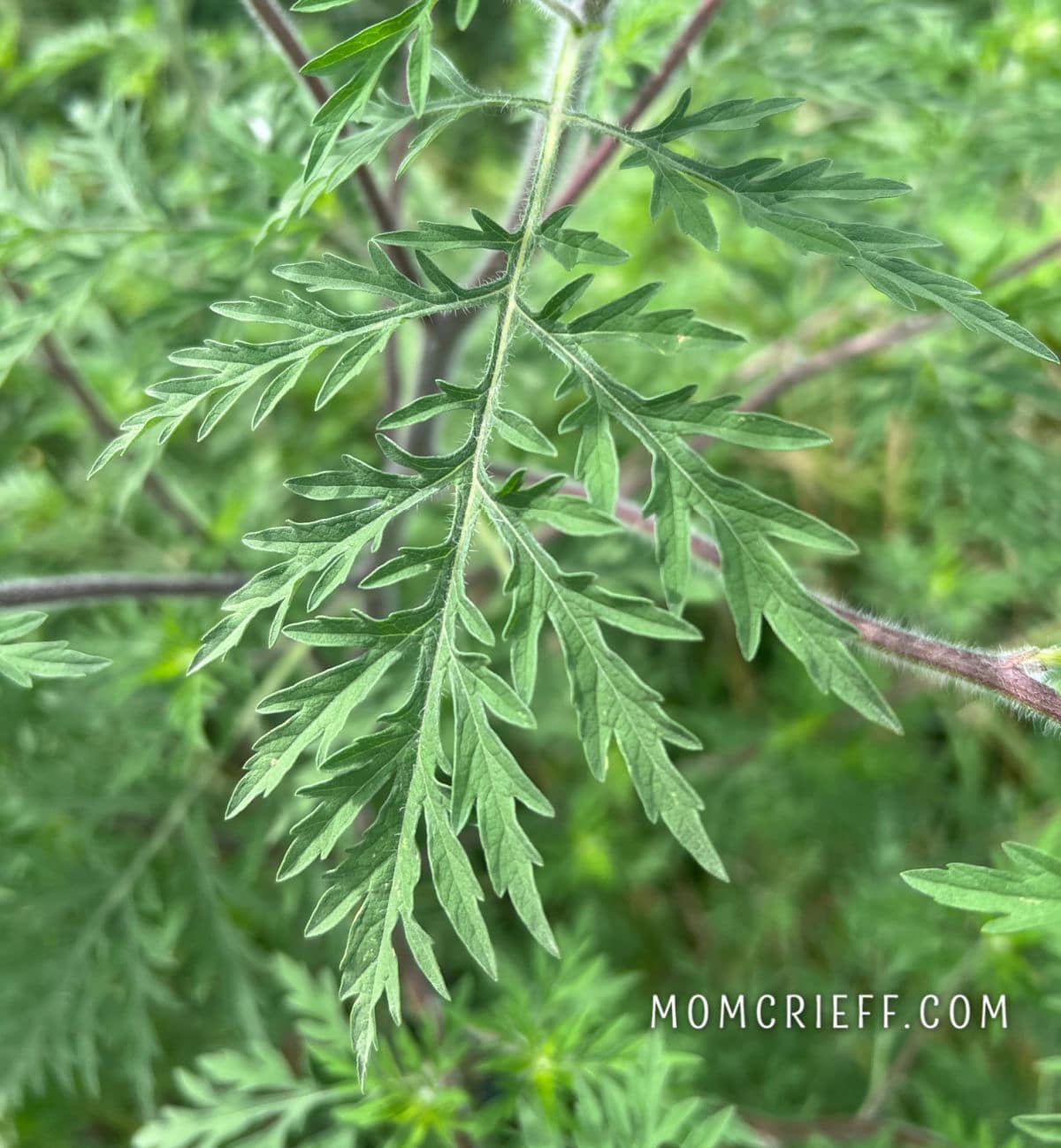
Giant Ragweed
This is giant ragweed (Ambrosia tridida). Once I saw it, I immediately recognized how similar the ragweed flower is. That green spikey thing is also the flower for this plant. And this is as pretty as this flower gets!
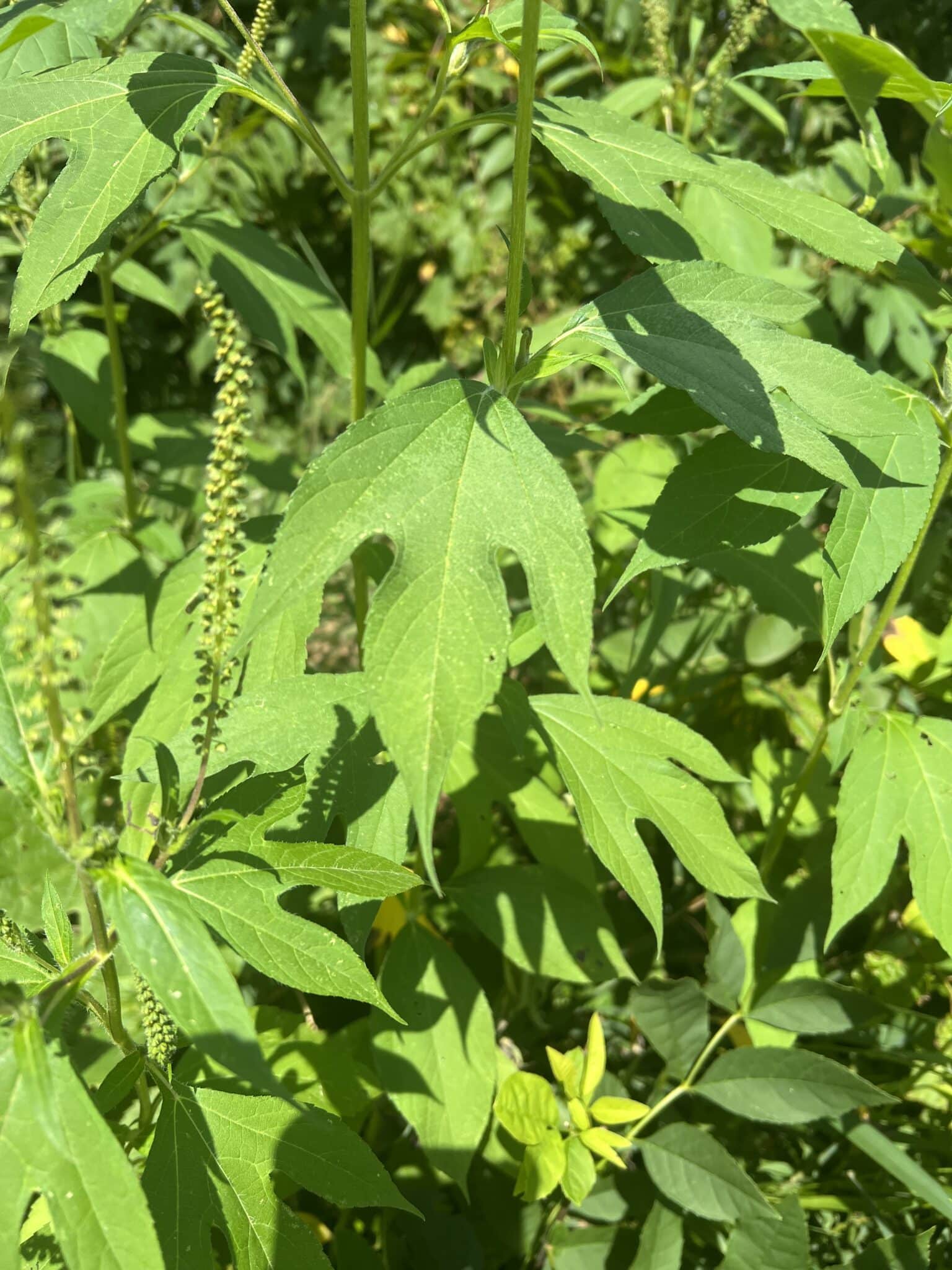
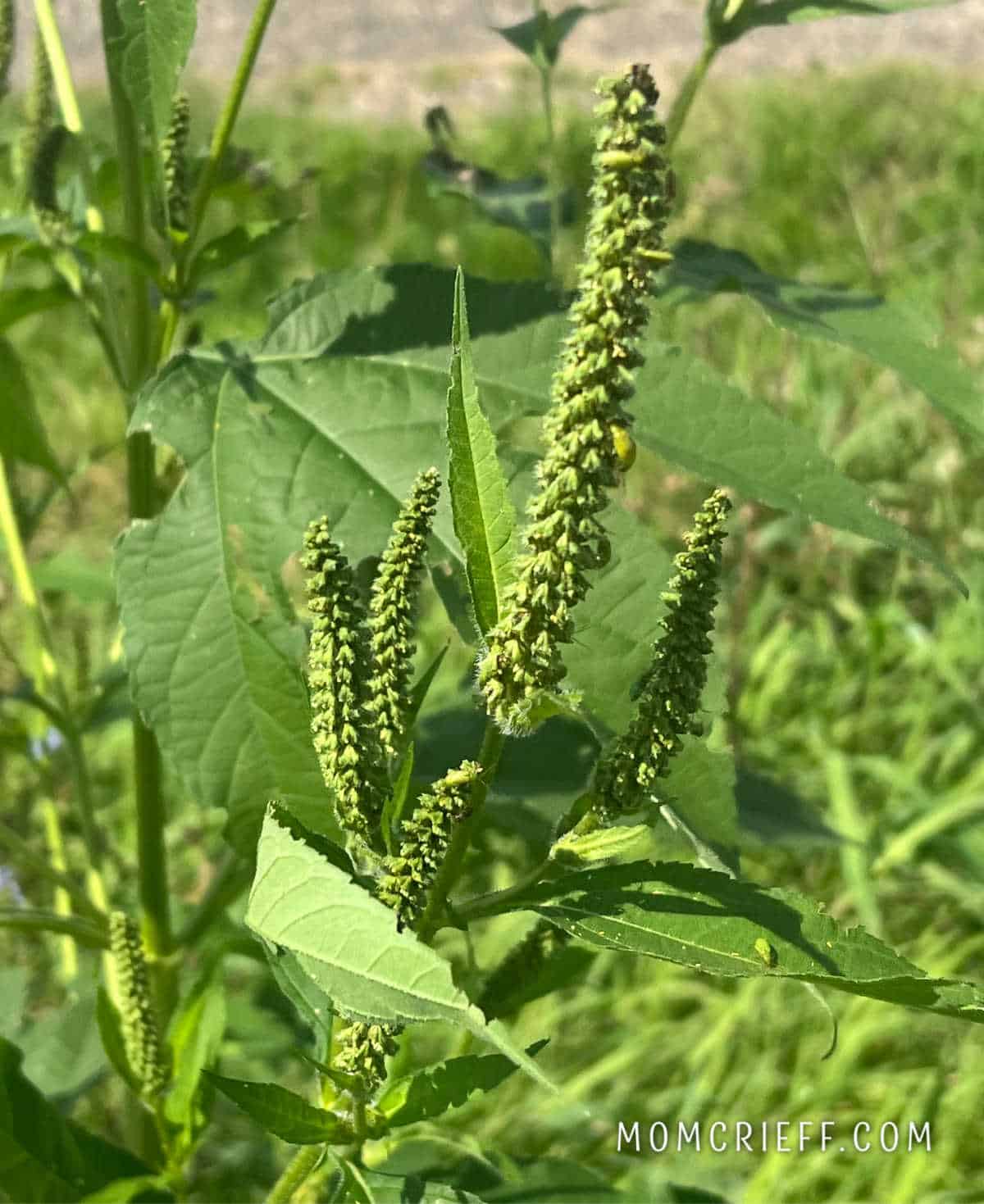
Below, do you see how they grow at the side of the road? So many people are allergic and often walk just a few feet away from a large plant!
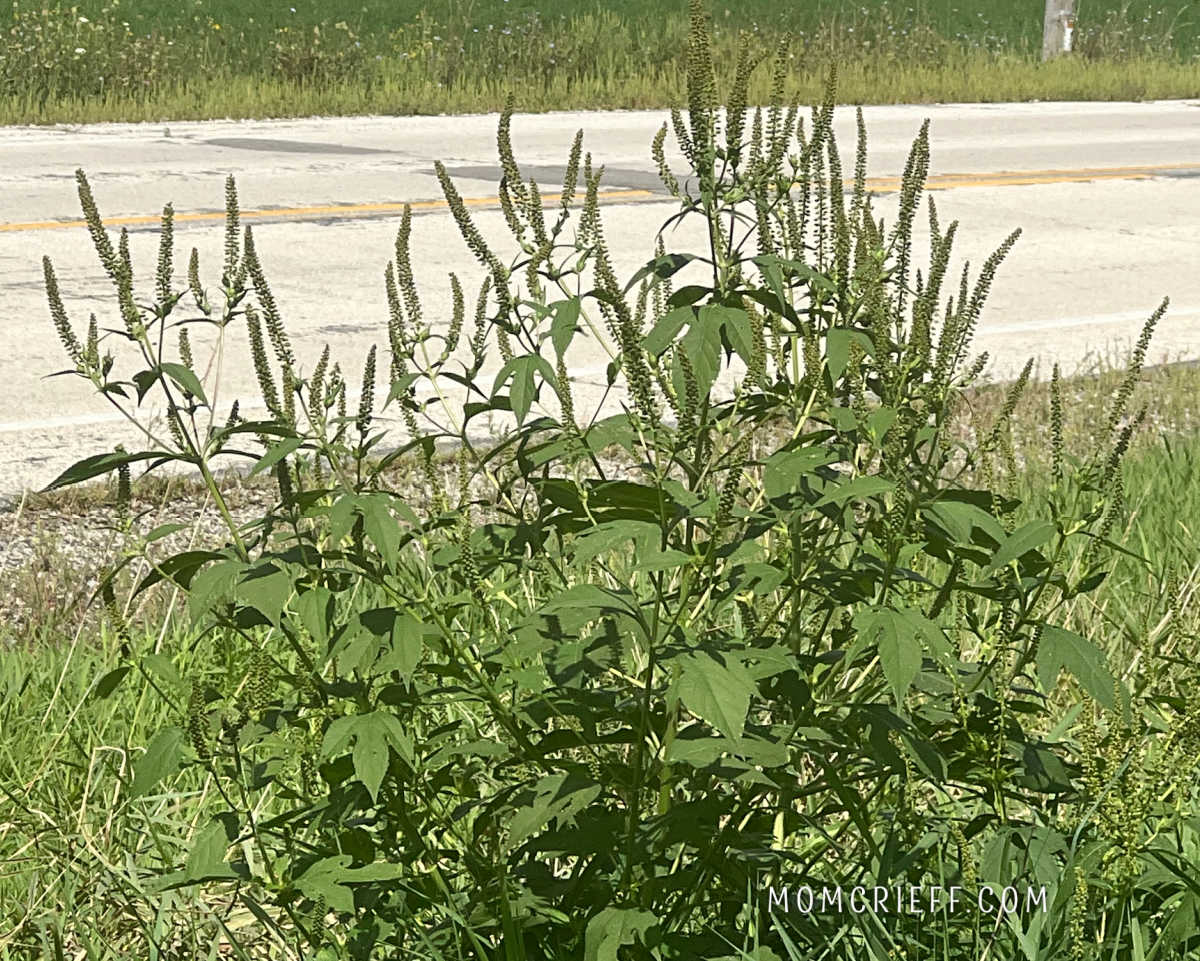
The picture below is a closeup of that giant ragweed leaf. Look at the very distinct shape. I've circled one so you can get a good look at it.
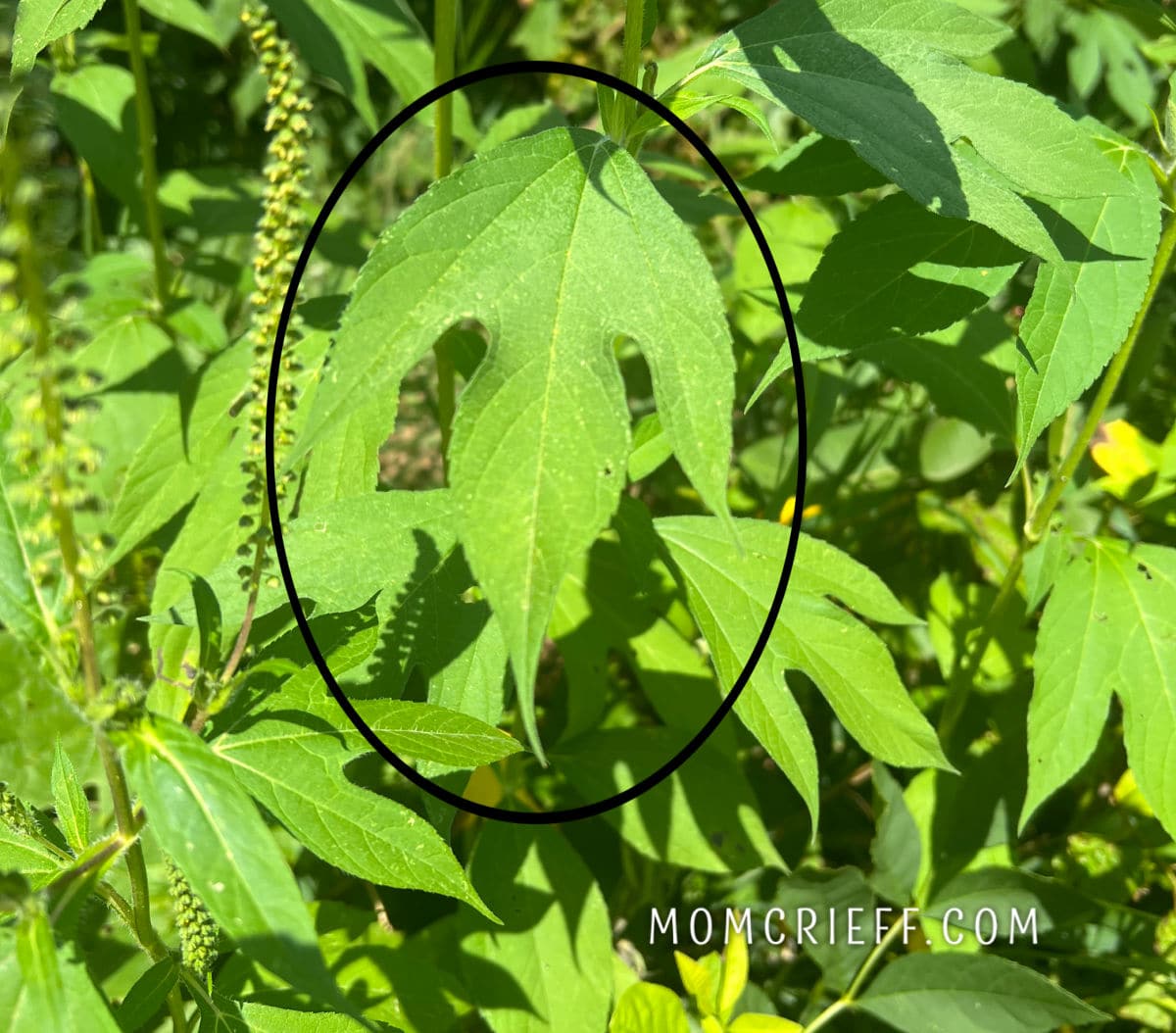
It should be noted that not all leaves have that shape. In this top-down picture, you can see that some of the smaller leaves, especially around the flower, don't have that defining shape.
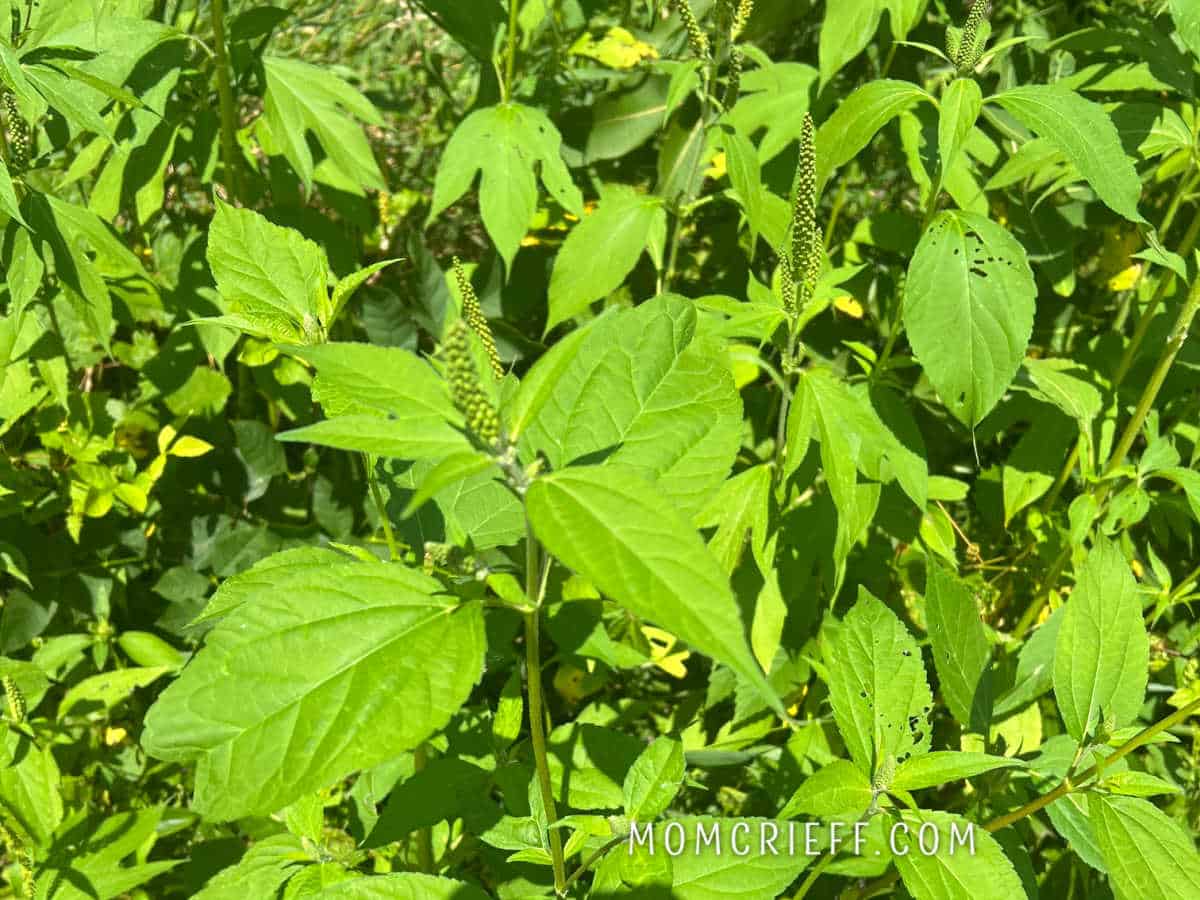
Goldenrod vs Ragweed
Goldenrod is the plant that gets mistaken for ragweed because it flowers at the same time. Many people overlook ragweed, but they see goldenrod when their allergies flare.
What Goldenrod looks like (side by side image)
A side-by-side image showing goldenrod blooming and ragweed blooming explains it best. Goldenrod is to the left, and ragweed is to the right. Poor goldenrod gets mistaken for ragweed because it flowers at the same time. The flower of the goldenrod is much more visible because it is a pretty and bright yellow.
What does goldenrod look like?
Here is a closer picture. Goldenrod blooms in the fall and has pretty yellow flowers. Compare that to ragweed with the nondescript green flowers and yellow pollen.
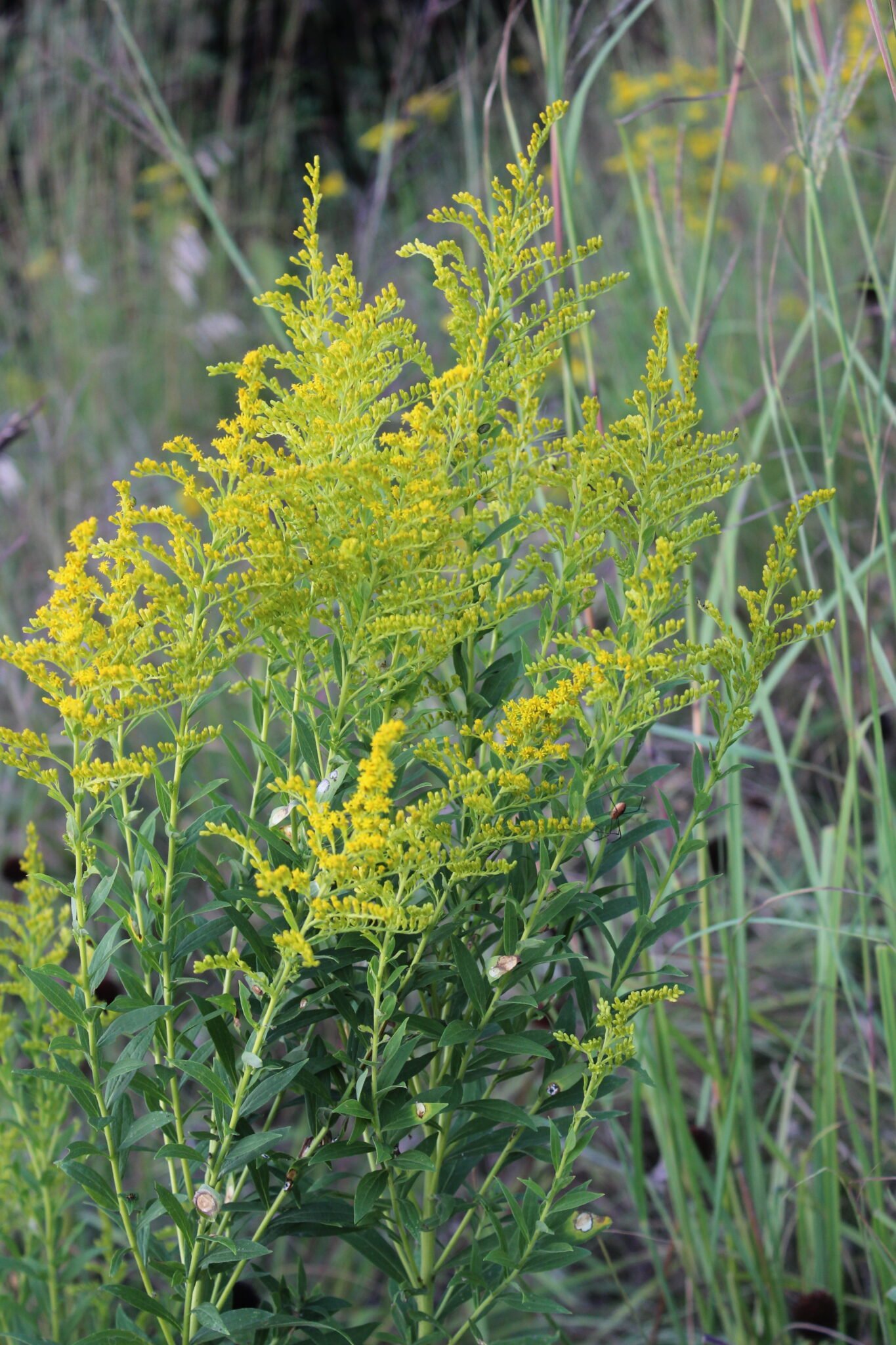
Goldenrod is the plant that gets blamed for the runny nose, scratchy throat, and congestion caused during the ragweed pollen season. Our bodies (our immune system) react to the allergens from ragweed by producing and sending histamine through our bloodstream.

There are different types of goldenrod. Above is a picture of the goldenrod that grows around me. The one pictured below was grown from seed in a naturalized field near me. It doesn't naturally grow in my area but still has a very yellow flower that blooms at the same time as ragweed.

Where does ragweed grow?
It does grow in most areas of the United States and Canada.
Specifically, I looked for areas with recently disturbed soil when I was looking to update my ragweed pictures. I headed toward a local retail construction site, and finding some great specimens only took a few minutes.

The above was just a mound of dirt near a construction site, and there were plenty of ragweed plants!
The image below is a young ragweed that doesn't yet have large flower spikes. I included the image so you can get a good look at the leaves of the plant. This plant really grows in what would be inhospitable to many plants.
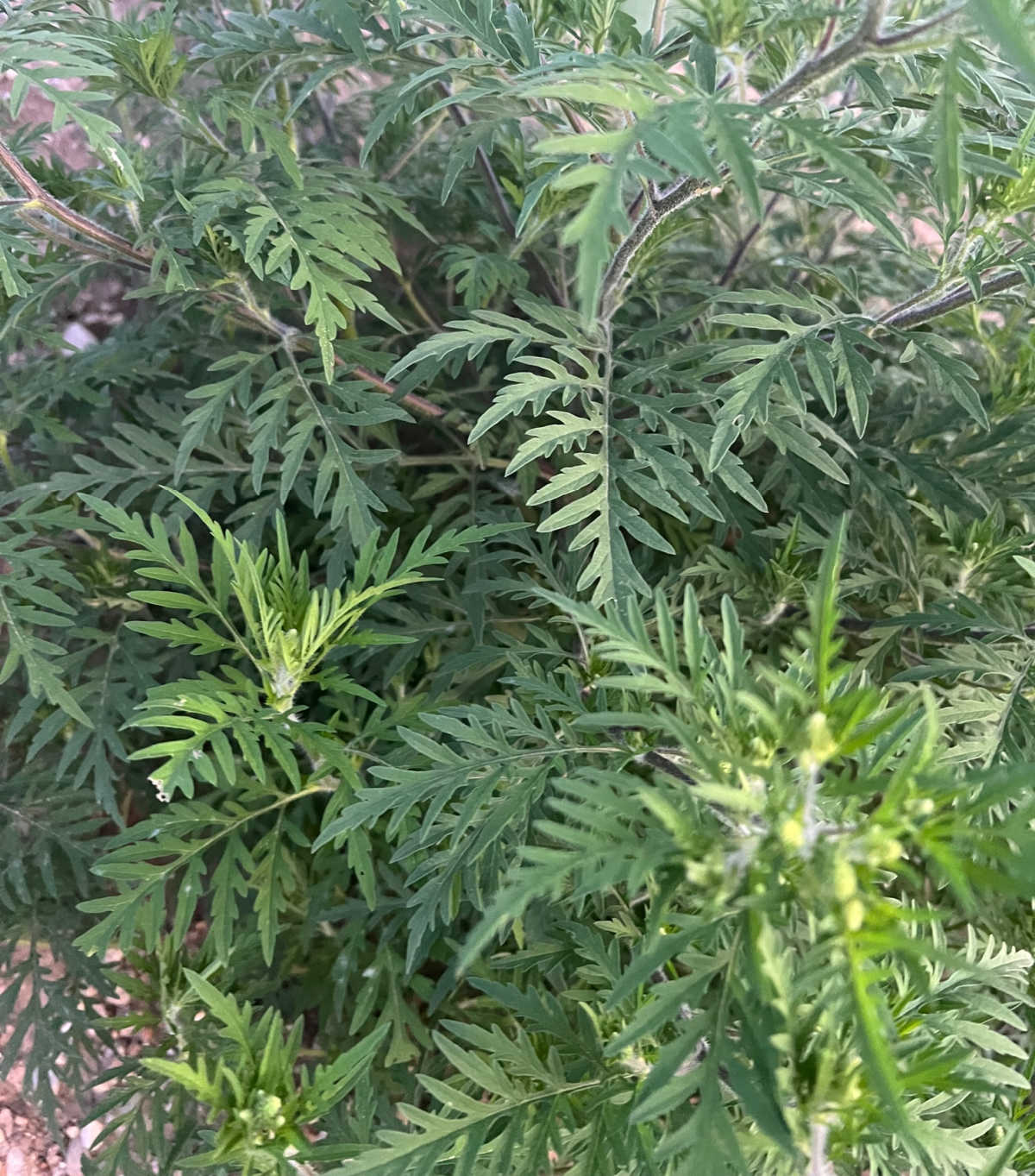
The picture of the ragweed below is in an abandoned parking lot of a closed-box store. Amazingly, they pop up and thrive in pavement and even concrete cracks. Part of the reason so many people suffer from a ragweed pollen allergy is the fact that this weed grows easily, even in urban areas.
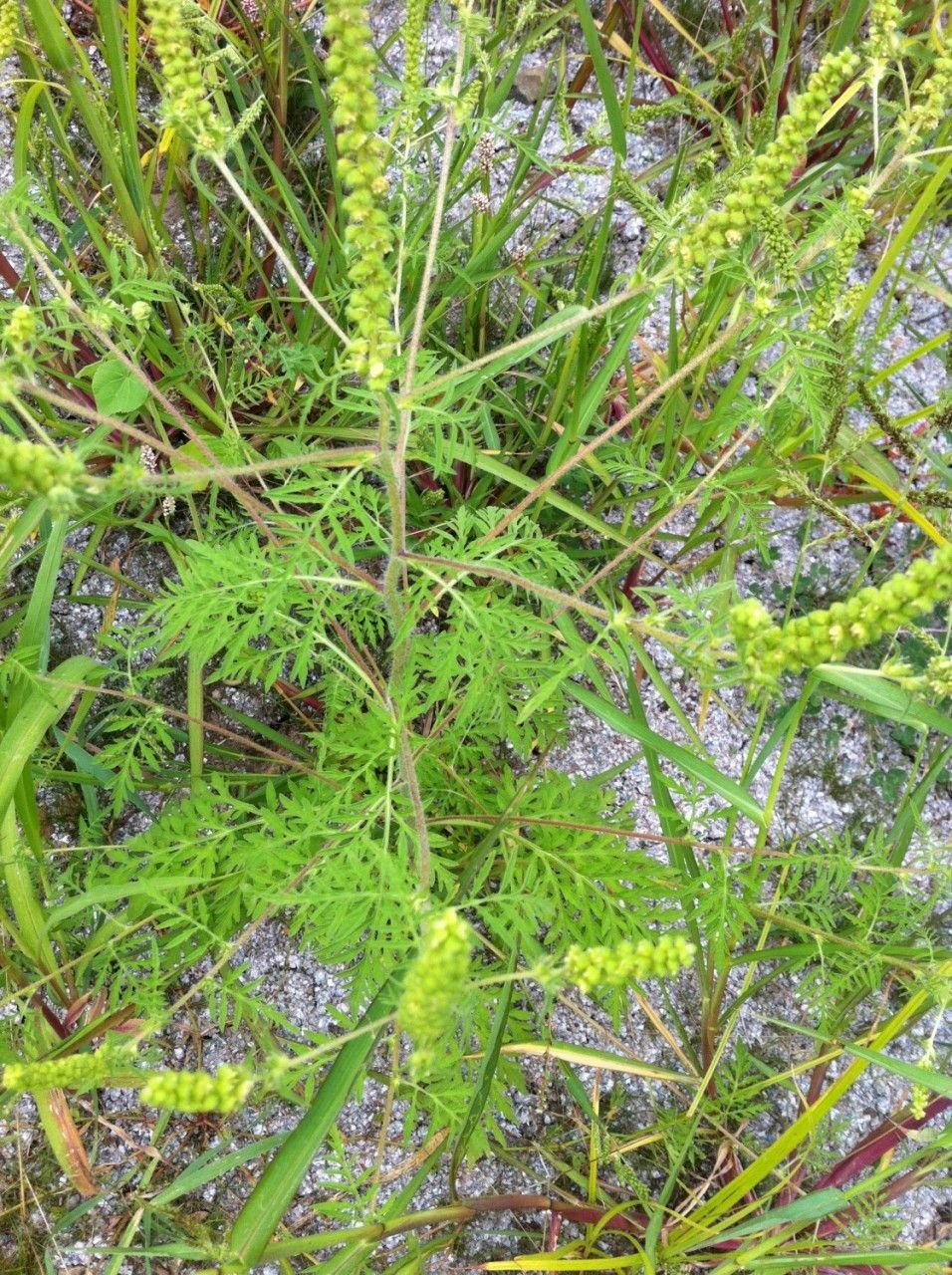
I was researching ragweed and thought it interesting that there are male and female flowers. Honestly, taking pictures is as close as I want to get to this plant. Like many people, I suffer from allergies and must start antihistamines early in the season.
Quick summary of how to tell the plants apart
Common Ragweed leaves are below.

Below are the giant ragweed leaves. They are quite different.

What color is ragweed pollen?
I have received quite a few people asking. The ragweed flower is green. The pollen is yellow.
A quick reminder! The goldenrod flower is yellow/golden and not green. It is NOT ragweed. The pictures below will help you identify goldenrod. Look at those leaves, too.
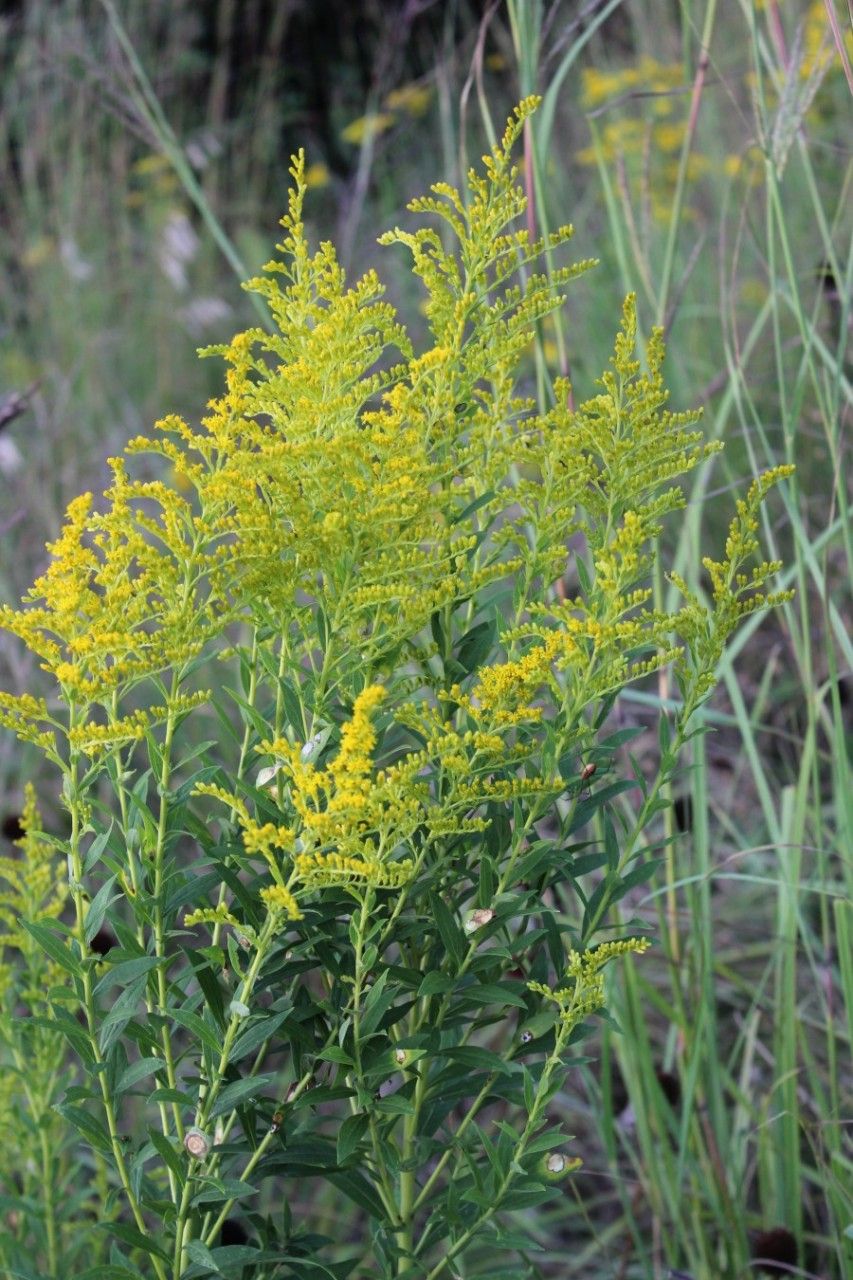
Hopefully, I've shown you the differences between goldenrod and two types of ragweed! Remember that both plants have different varieties, but my pictures should be a good guide. Remember, look at the leaves. That should be your best indication that the plant is ragweed and which kind of ragweed. And remember, the flower of ragweed is that boring green spike, not a pretty yellow!
FAQs
It generally starts in late summer in August and often ends in October. It all depends on the weather!
Prevention is the best method to control ragweed in your yard. If you see it, pull it before it flowers and spreads its pollen.
Symptoms include runny nose, itchy, watery eyes, headaches, sinus congestion, and sneezing.
**Below are some of the original ragweed pictures and commentary from when I originally wrote this post in 2014. I have found some folks like me to keep the original pictures and information during updates.
The first two pictures are of ragweed growing in really bright, sunny conditions (on the side of the road, between the road and the sidewalk.

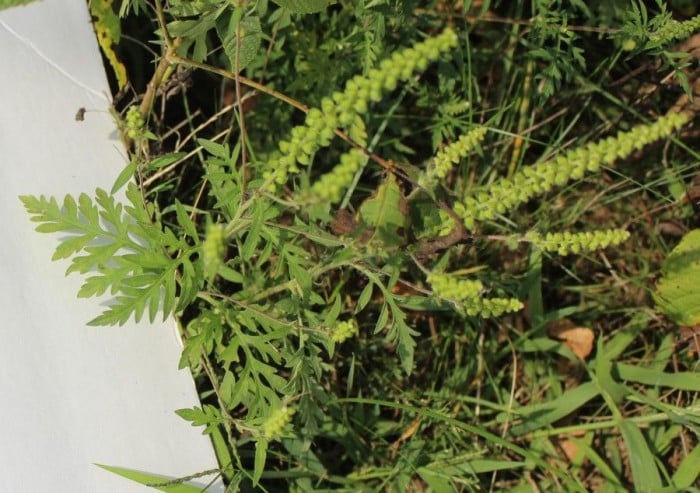
The next picture is a ragweed plant that I found in shadier conditions.
I hope these pictures of ragweed help you identify this weed that everyone is allergic to. Let's stop blaming the poor goldenrod plant for our allergy ailments!
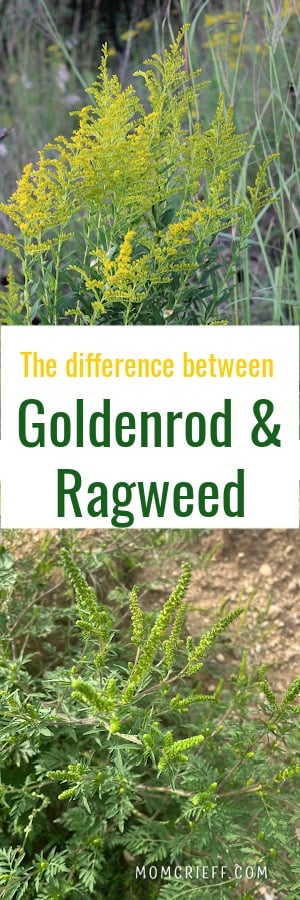
Be aware of the types of ragweed that grow around you. Along with common ragweed, there are also giant ragweed and western ragweed in large parts of the country.
Originally published October 2014.



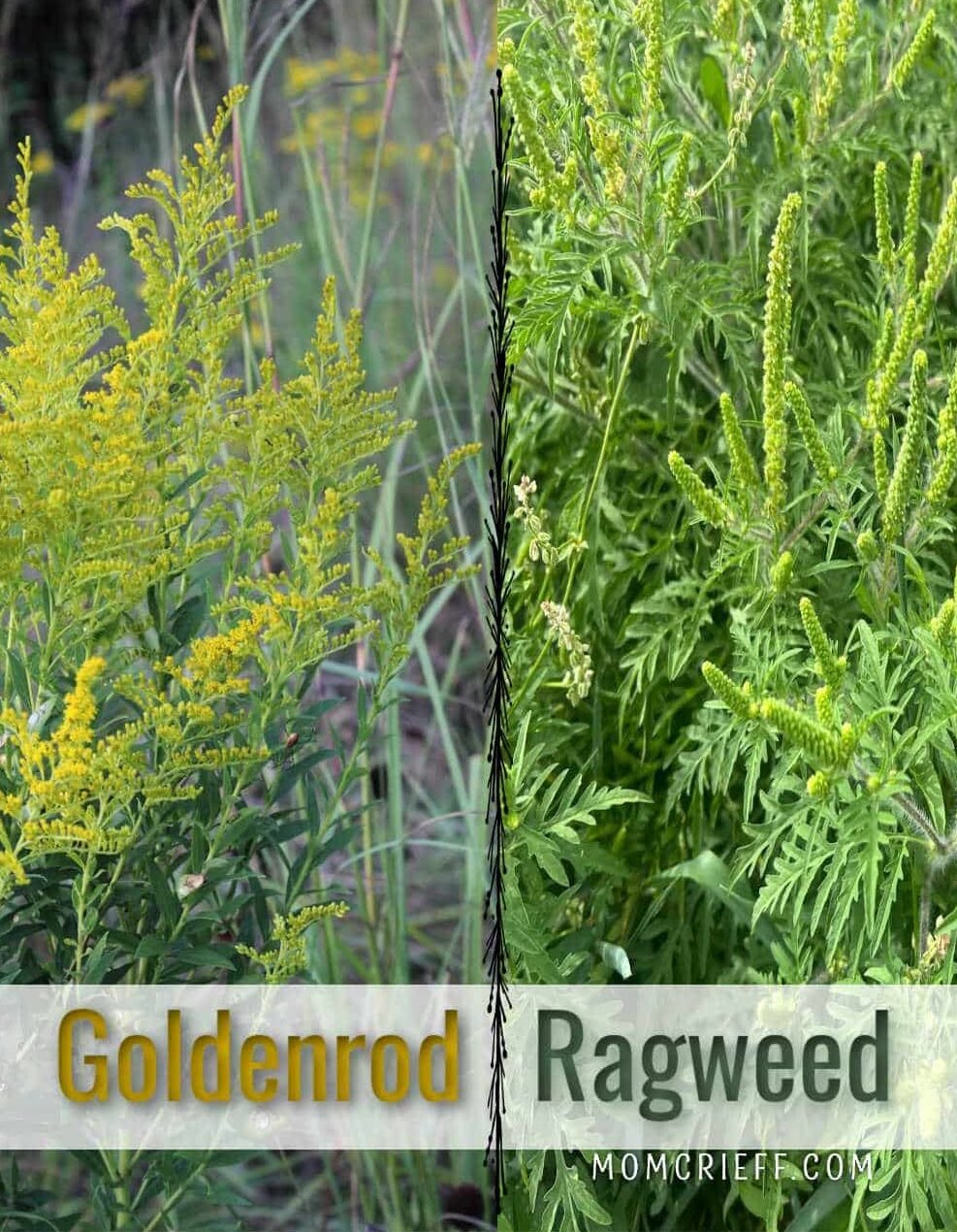
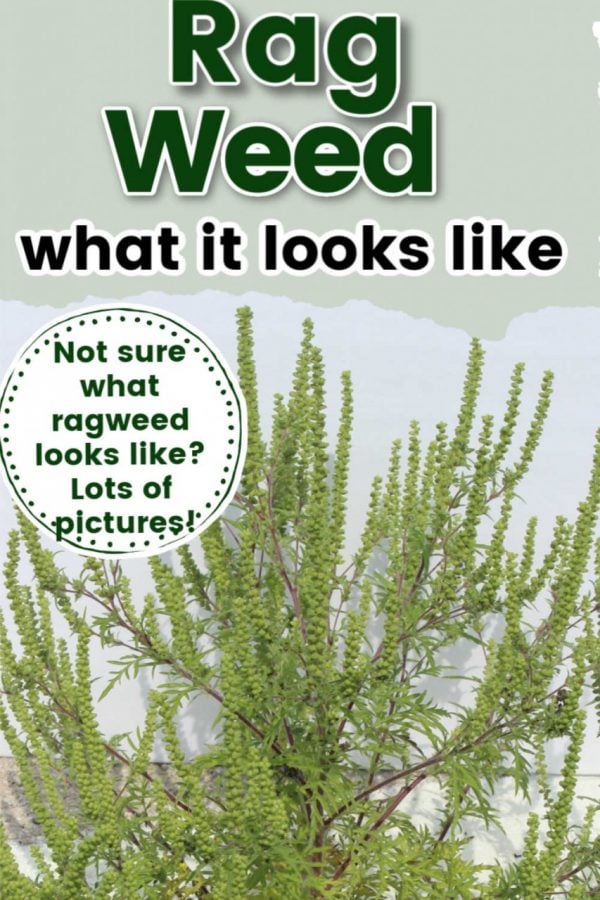
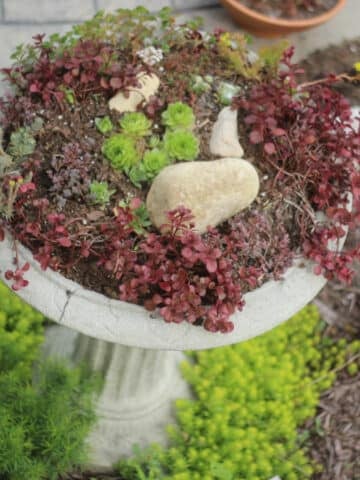
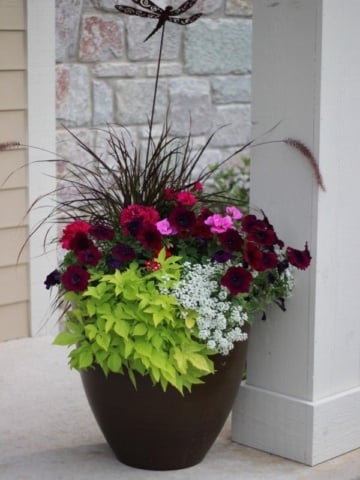

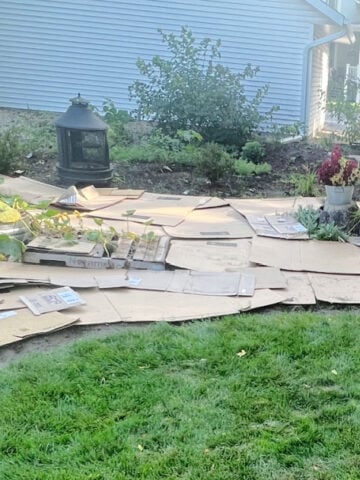
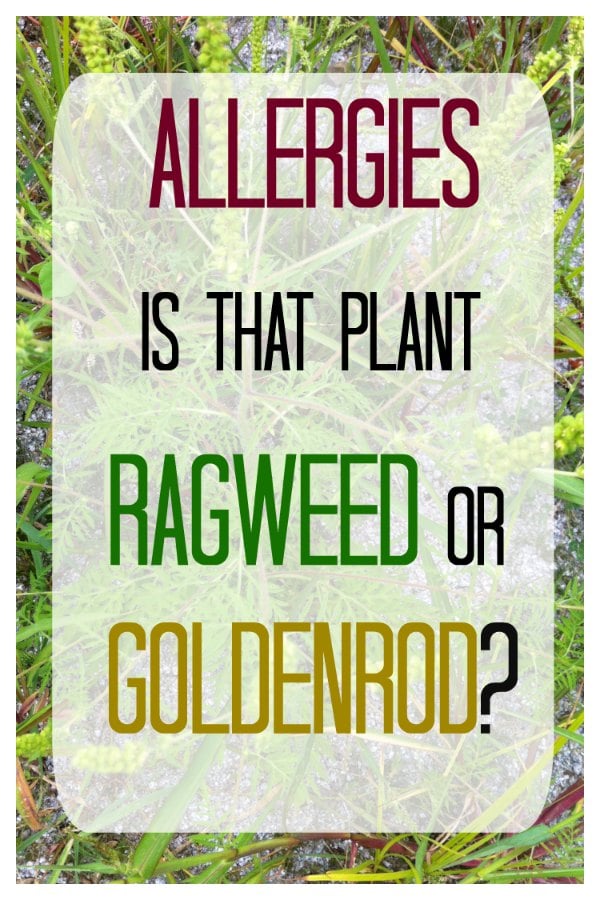
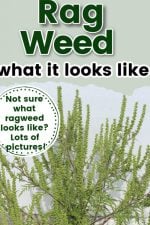
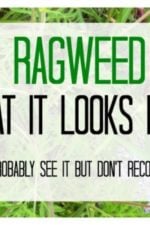
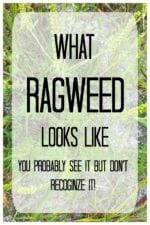
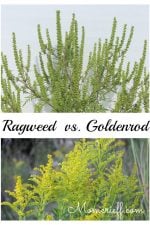
Vanelder Nichols
I have some Giant Ragweed Ambrosia Trifida growing in my Garden. Should I pull up the plants or let them grow. If it is edible or medicinal, I am interested in how to prepare for food or medicine. I very much need your advice.
I do have allergies. The plants are large but have not begun to flower.
Susan Moncrieff
I'm sorry but I do not have any knowledge of the medicinal uses for plant. If that's an area you are interested in exploring, you certainly should. I would just be careful that the ragweed plant doesn't spread.
Rosalind
Well done. Thanks.
Peggy
ThNk you! Now I can enjoy my meadow of Golden Rod!
Bennett
I ONLY get allergies at this time of year when ragweed is at its peak! It has been the worst this year! Thanks for the post, I know it's quite old but it still, to this day, helps so many.
Rosemary Palmer
I could not have identified which was which. I don't know which of these, if either, might affect my allergies, but something does.
Janet
I am HIGHLY allergic to ragweed and this post is so informative! Pinning!